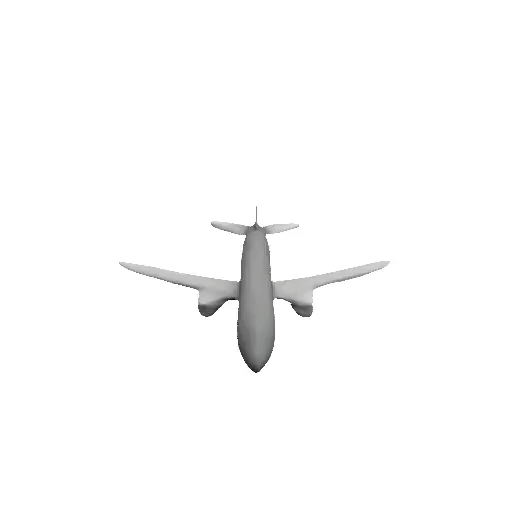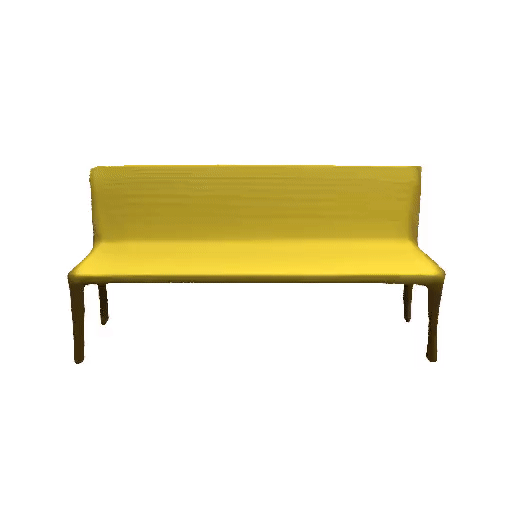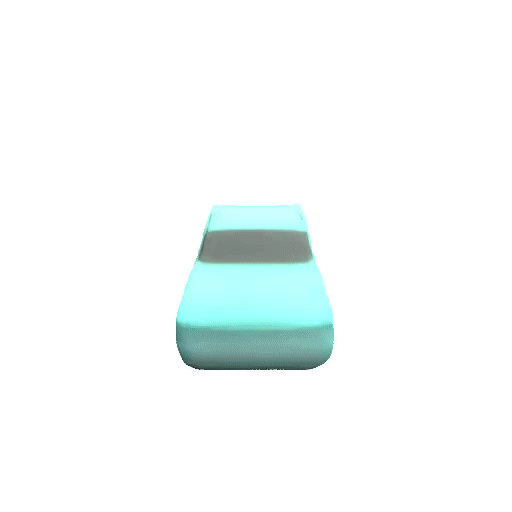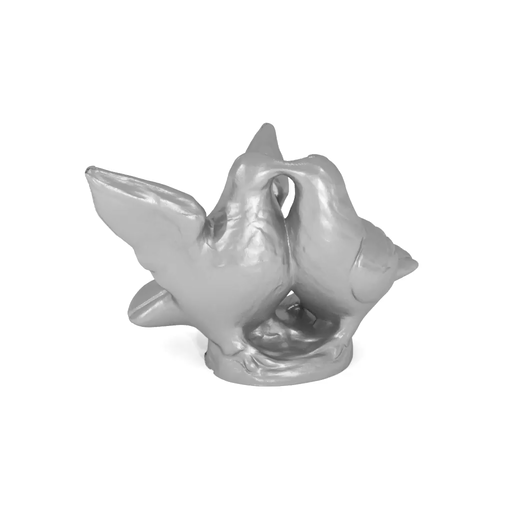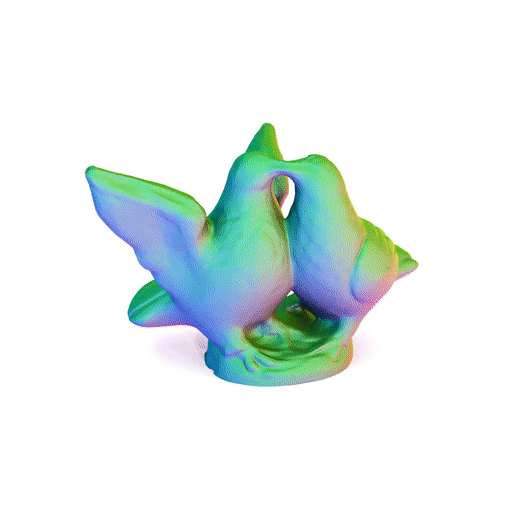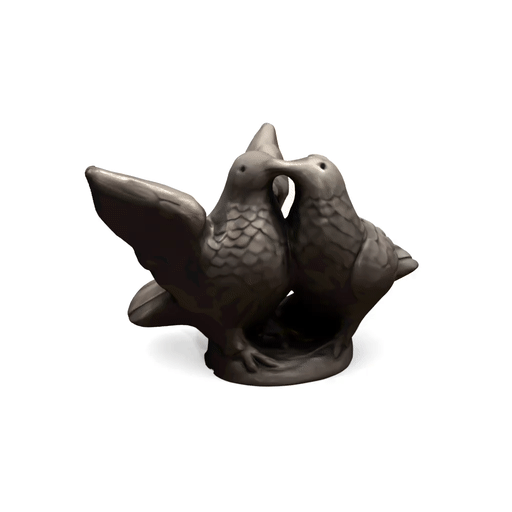Paper | Supplementary | Spotlight Video | Blog Entry | Presentation | Interactive Slides | Project Page
This repository contains the code for the paper Differentiable Volumetric Rendering: Learning Implicit 3D Representations without 3D Supervision.
You can find detailed usage instructions for training your own models and using pre-trained models below.
If you find our code or paper useful, please consider citing
@inproceedings{DVR,
title = {Differentiable Volumetric Rendering: Learning Implicit 3D Representations without 3D Supervision},
author = {Niemeyer, Michael and Mescheder, Lars and Oechsle, Michael and Geiger, Andreas},
booktitle = {Proc. IEEE Conf. on Computer Vision and Pattern Recognition (CVPR)},
year = {2020}
}
First you have to make sure that you have all dependencies in place. The simplest way to do so, is to use anaconda.
You can create an anaconda environment called dvr using
conda env create -f environment.yaml
conda activate dvr
Next, compile the extension modules. You can do this via
python setup.py build_ext --inplace
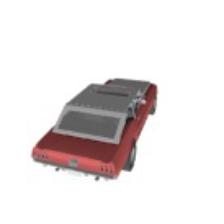
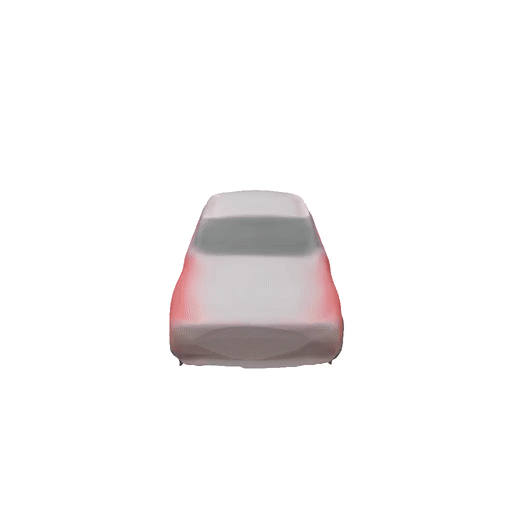

You can now test our code on the provided input images in the demo folder.
To this end, start the generation process for one of the config files in the configs/demo folder.
For example, simply run
python generate.py configs/demo/demo_combined.yaml
This script should create a folder out/demo/demo_combined where the output meshes are stored.
The script will copy the inputs into the generation/inputs folder and creates the meshes in the generation/meshes folder.
Moreover, the script creates a generation/vis folder where both inputs and outputs are copied together.
To evaluate a pre-trained model or train a new model from scratch, you have to obtain the respective dataset. We use three different datasets in the DVR project:
- ShapeNet for 2.5D supervised models (using the Choy et. al. renderings as input and our renderings as supervision)
- ShapeNet for 2D supervised models (using the Kato et. al. renderings)
- A subset of the DTU multi-view dataset
You can download our preprocessed data using
bash scripts/download_data.sh
and following the instructions. The sizes of the datasets are 114GB (a), 34GB (b), and 0.5GB (c).
This script should download and unpack the data automatically into the data folder.
Please have a look at the FAQ for details regarding the type of camera matrices we use.
When you have installed all binary dependencies and obtained the preprocessed data, you are ready to run our pre-trained models and train new models from scratch.
To generate meshes using a trained model, use
python generate.py CONFIG.yaml
where you replace CONFIG.yaml with the correct config file.
The easiest way is to use a pre-trained model.
You can do this by using one of the config files which are indicated with _pretrained.yaml.
For example, for our 2.5D supervised single-view reconstruction model run
python generate.py configs/single_view_reconstruction/multi_view_supervision/ours_depth_pretrained.yaml
or for our multi-view reconstruction from RGB images and sparse depth maps for the birds object run
python generate.py configs/multi_view_reconstruction/birds/ours_depth_mvs_pretrained.yaml
Our script will automatically download the model checkpoints and run the generation.
You can find the outputs in the out/.../pretrained folders.
Please note that the config files *_pretrained.yaml are only for generation, not for training new models: when these configs are used for training, the model will be trained from scratch, but during inference our code will still use the pre-trained model.
Similar to our demo, you can easily generate 3D meshes from your own single images. To this end, create a folder which contains your own images (e.g. media/my_images). Next, you can reuse the config file configs/demo/demo_combined.yaml and just adjust the data - path and training - out_dir arguments to your needs. For example, you can set the config file to
inherit_from: configs/single_view_reconstruction/multi_view_supervision/ours_combined_pretrained.yaml
data:
dataset_name: images
path: media/my_images
training:
out_dir: out/my_3d_models
to generate 3D models for the images in media/my_images. The models will be saved to out/my_3d_models.
Similar to before, to start the generation process, run
python generate.py configs/demo/demo_combined.yaml
Note: You can only expect our model to provide reasonable results on data which is similar to what it was trained on (white background, single object, etc.).
For evaluation of the models, we provide the script eval_meshes.py. You can run it using
python eval_meshes.py CONFIG.yaml
The script takes the meshes generated in the previous step and evaluates them using a standardized protocol.
The output will be written to .pkl/.csv files in the corresponding generation folder which can be processed using pandas.
Note: We follow previous works to use "use 1/10 times the maximal edge length of the current object’s bounding box as unit 1" (see Section 4 - Metrics). In practise, that means that we multiply the Chamfer-L1 metric by a factor of 10 for reporting the numbers in the paper.
Finally, to train a new network from scratch, run
python train.py CONFIG.yaml
where you replace CONFIG.yaml with the name of the configuration file you want to use.
You can monitor on http://localhost:6006 the training process using tensorboard:
cd OUTPUT_DIR
tensorboard --logdir ./logs
where you replace OUTPUT_DIR with the respective output directory.
For available training options, please take a look at configs/default.yaml.
If you like the DVR project, please check out other works on implicit representions from our group:
- Mescheder et. al. - Occupancy Networks: Learning 3D Reconstruction in Function Space (CVPR 2019)
- Oechsle et. al. - Texture Fields: Learning Texture Representations in Function Space (ICCV 2019)
- Niemeyer et. al. - Occupancy Flow: 4D Reconstruction by Learning Particle Dynamics (ICCV 2019)
- Peng et. al. - Convolutional Occupancy Networks (ArXiv 2020)
- Oechsle et. al. - Learning Implicit Surface Light Fields (ArXiv 2020)
Also check out other exciting works on inferring implicit representations without 3D supervision:
- Liu et. al. - Learning to Infer Implicit Surfaces without 3D Supervision (NeurIPS 2019)
- Sitzmann et. al. - Scene Representation Networks: Continuous 3D-Structure-Aware Neural Scene Representations (NeurIPS 2019)
- Liu. et. al. - DIST: Rendering Deep Implicit Signed Distance Function with Differentiable Sphere Tracing (CVPR 2020)
- Mildenhall et. al. - NeRF: Representing Scenes as Neural Radiance Fields for View Synthesis (ArXiv 2020)
